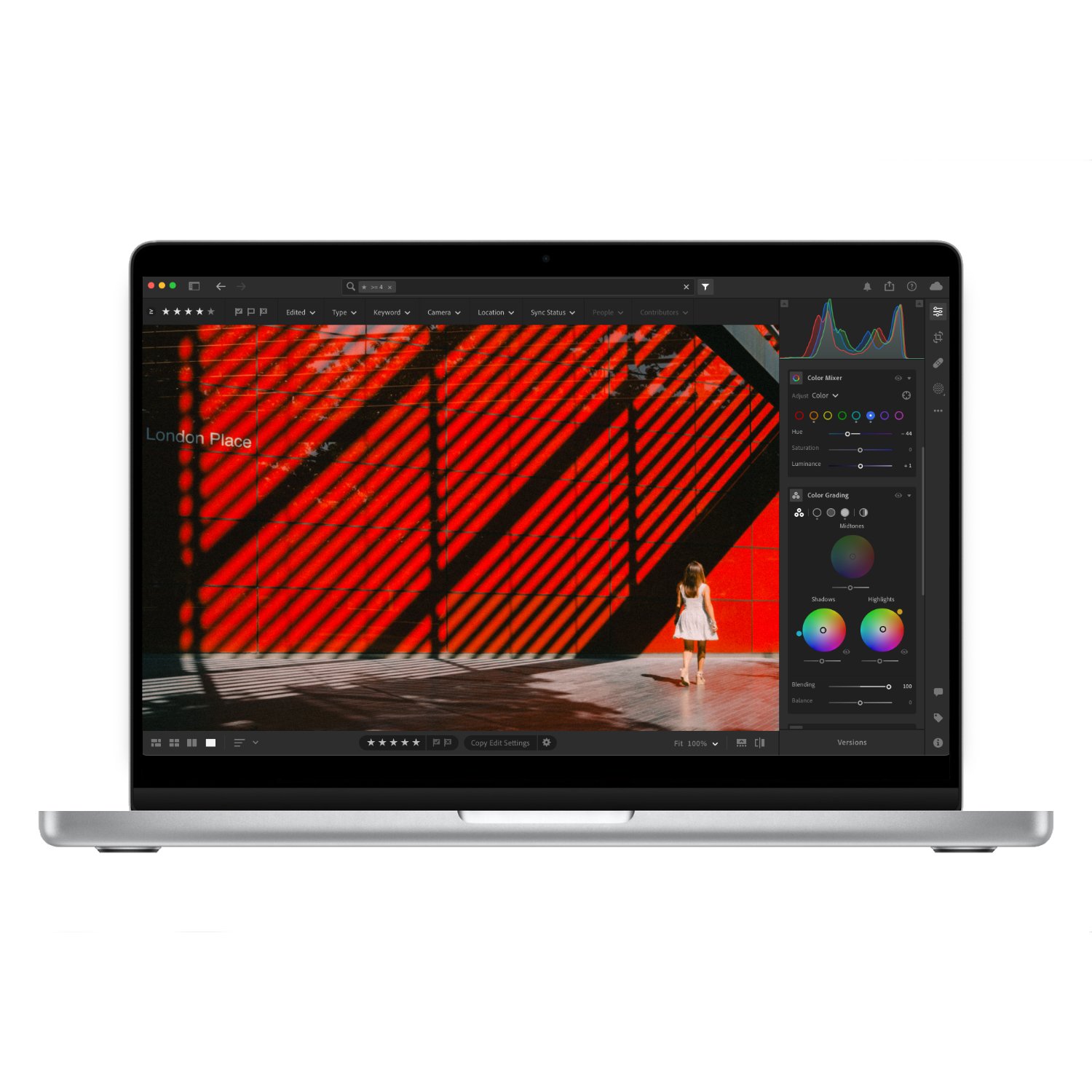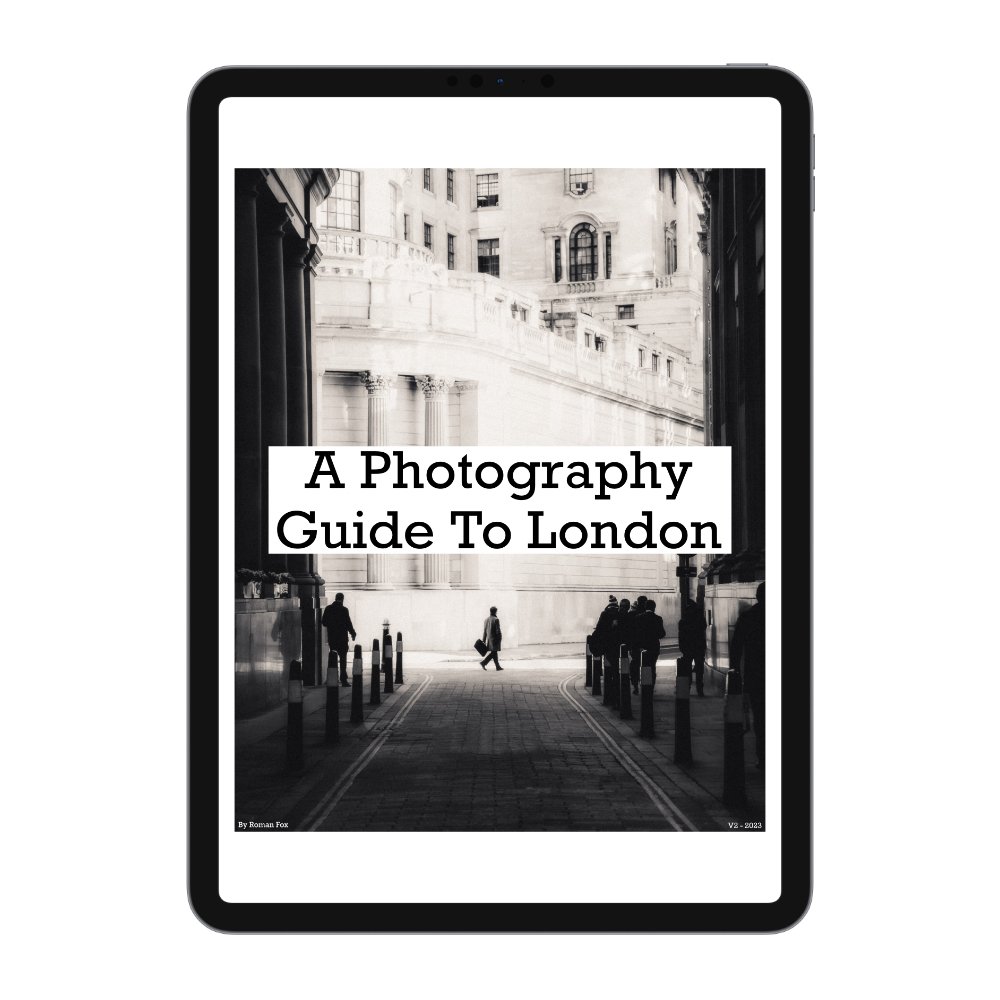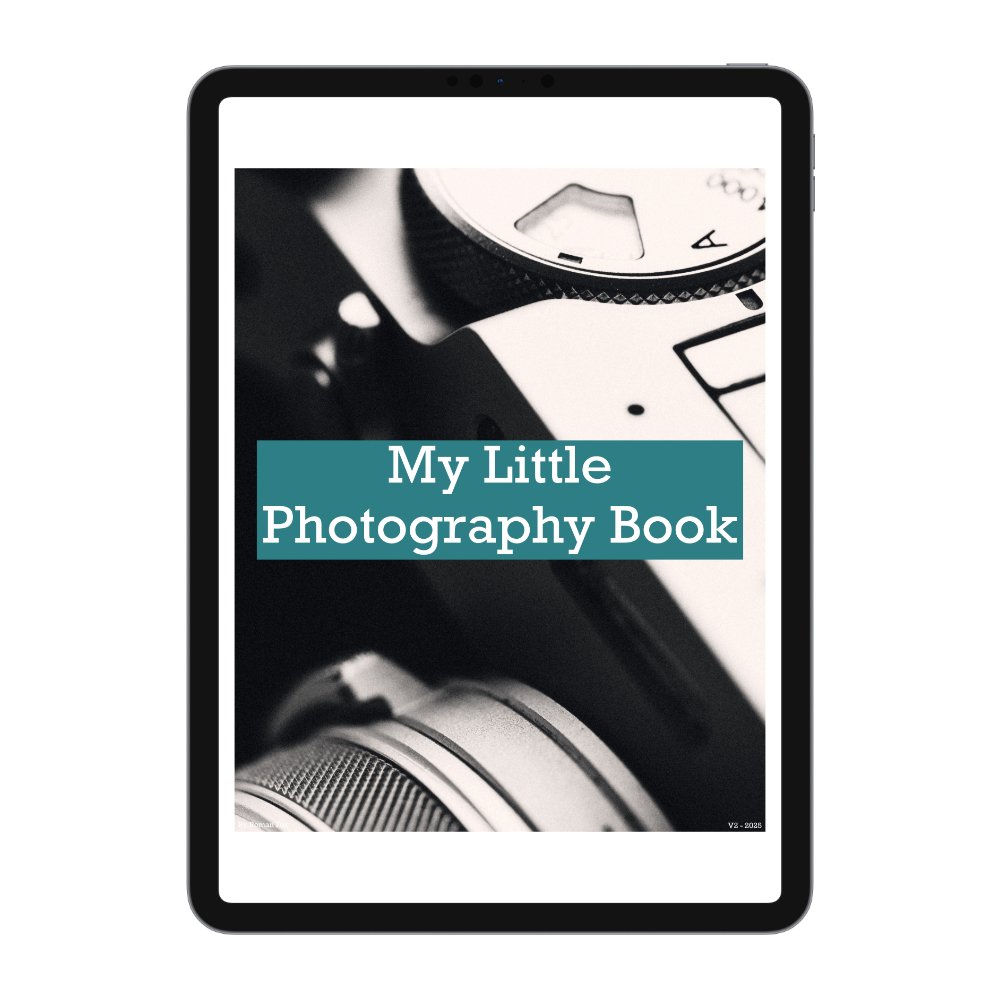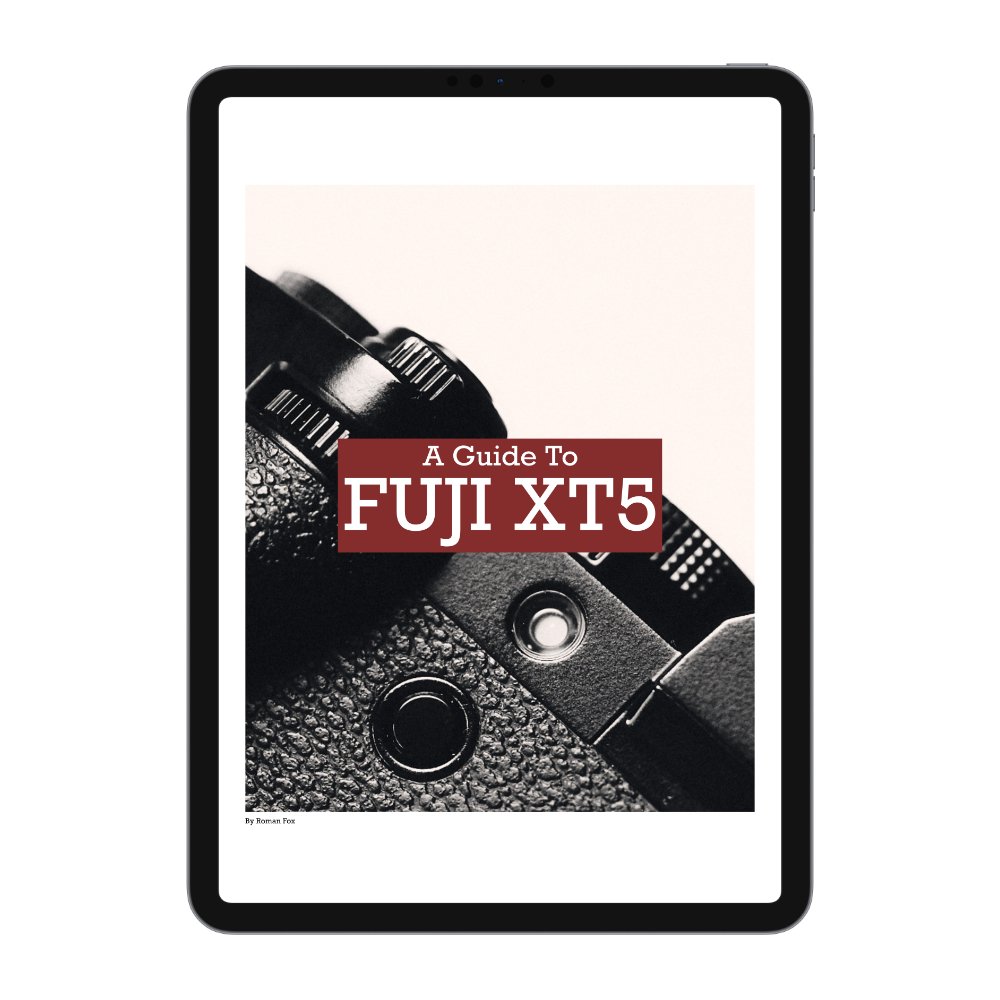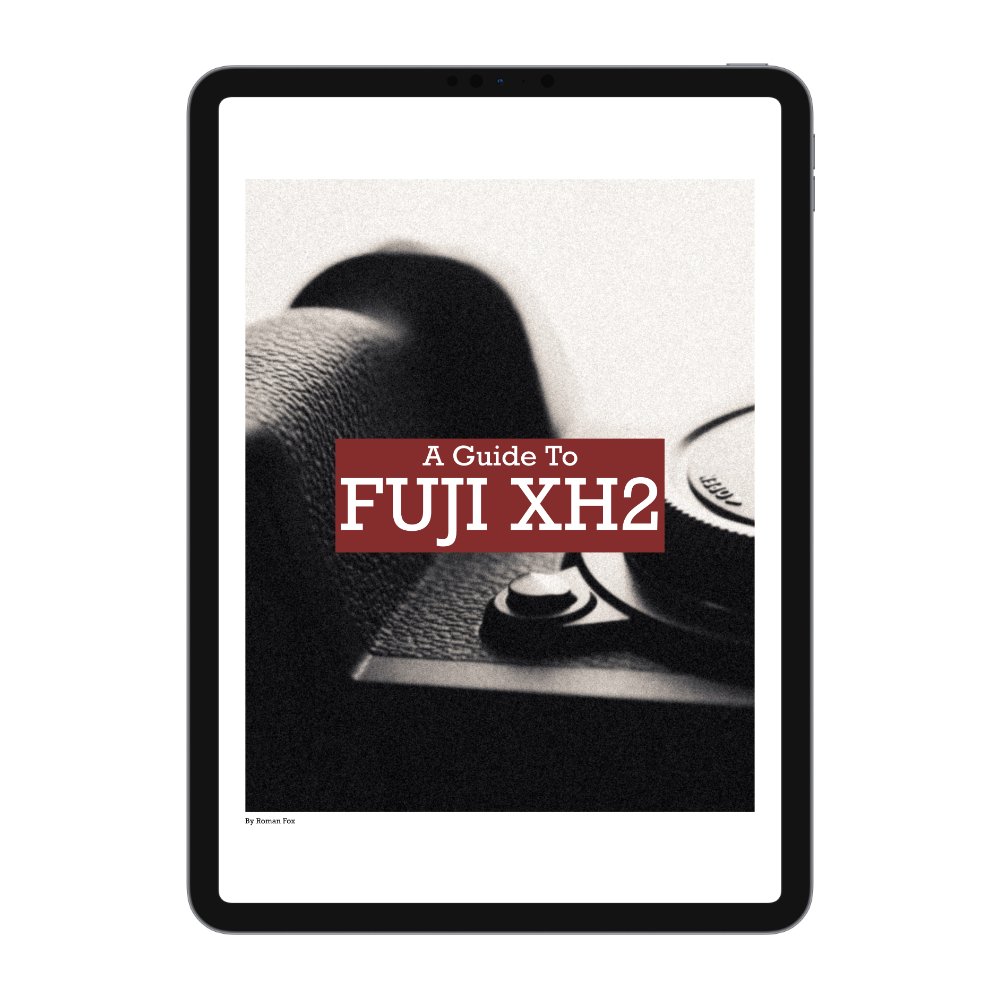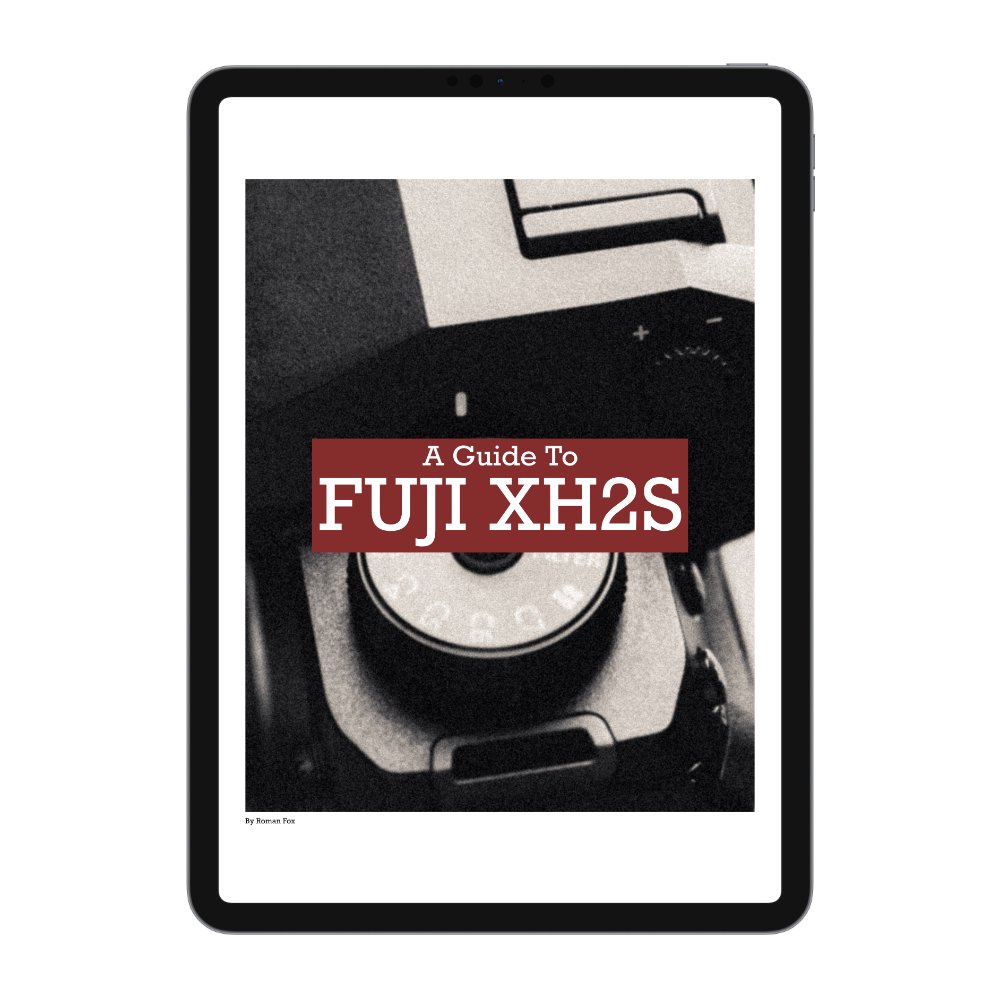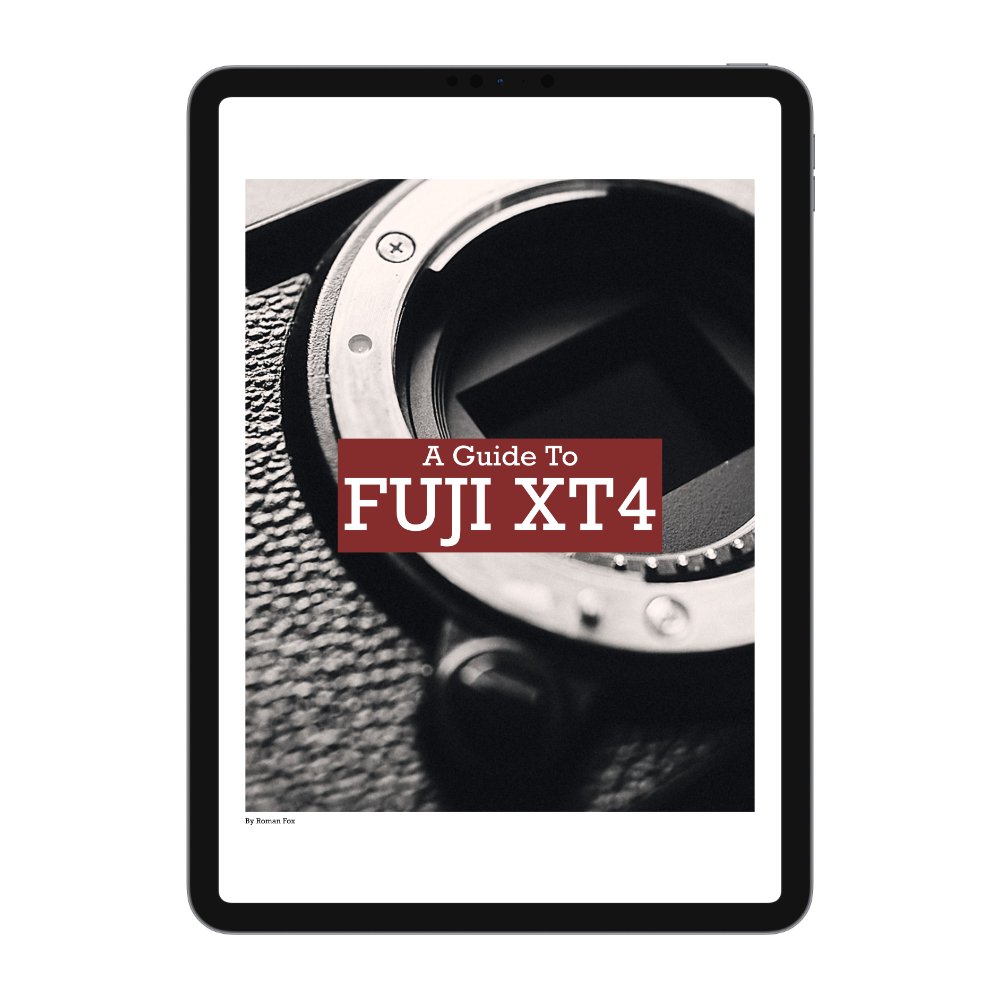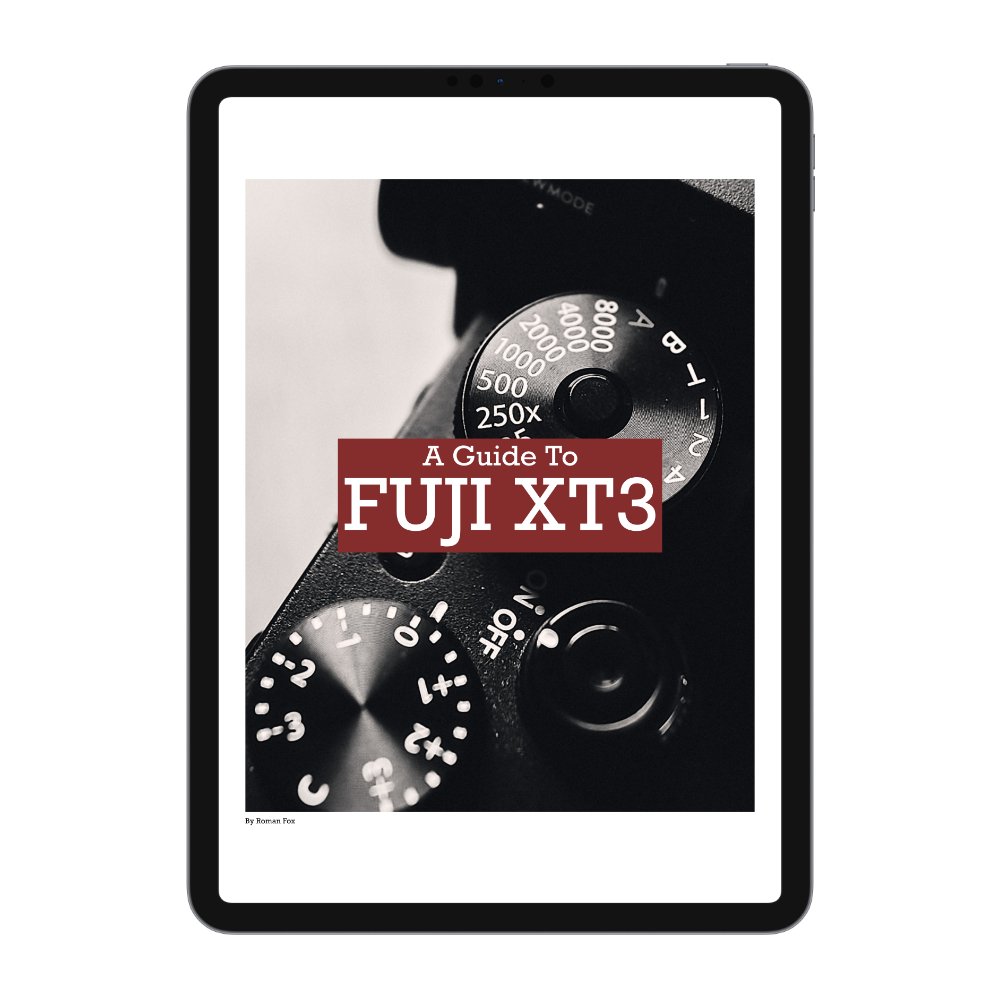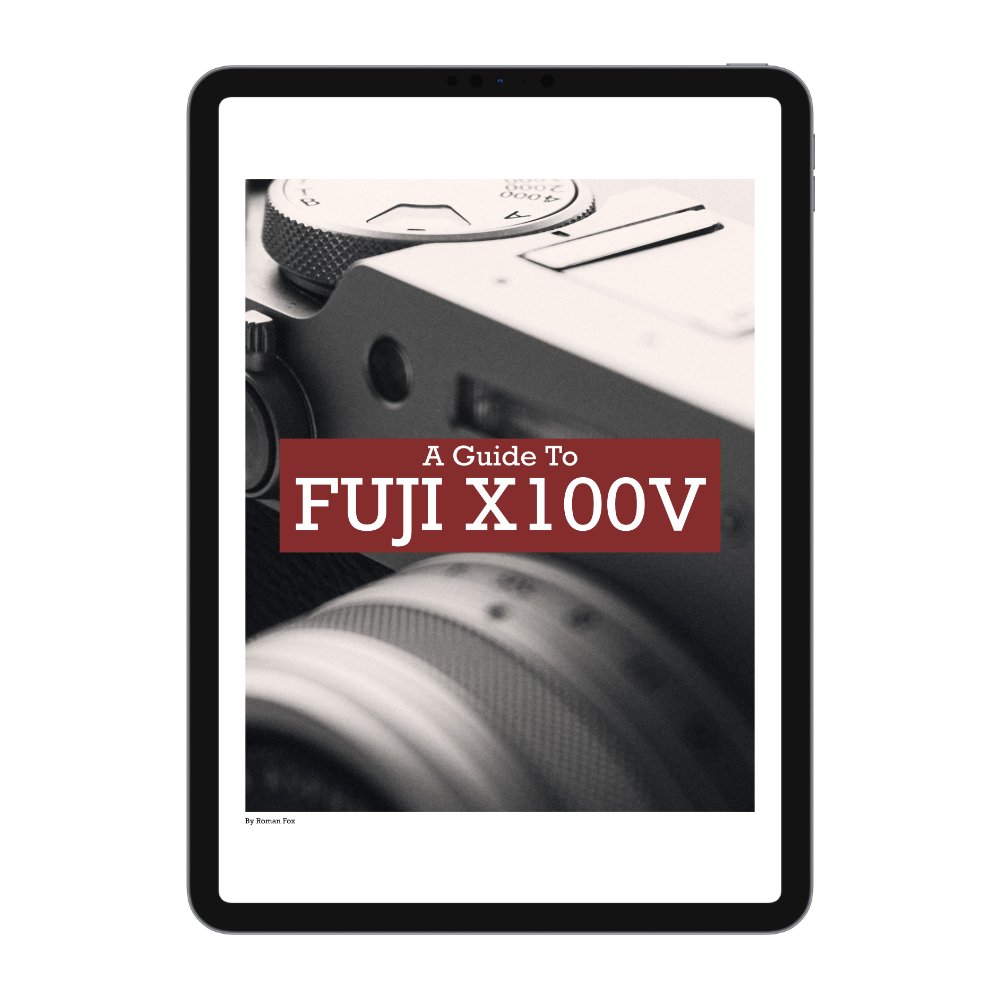From Fuji To Sony - 1 Year Update
It’s been a year since I switched my main photography kit from Fujifilm to Sony. While I’ve used a few other brands here and there, I now shoot exclusively on Sony. In this post, I’ll share a brief update on the switch — the key differences, which system suits me better, and ultimately whether I feel I made the right decision.
The Cost of Switching
Switching systems is a monumental task and not a decision I took lightly. Financially, it’s incredibly expensive. Roughly estimating, I spent around £6,500 extra on top of selling my extensive Fujifilm collection, which included four cameras and over ten lenses.
It took me about six months to gain a solid understanding of the Sony system, and another six to feel fully settled with my setup. When it comes to editing, I’m still not quite there — maybe 80% of the way to getting the colours I want out of the Sony files.
In terms of time investment, I’d estimate 100+ hours “lost” just learning the basics of the new system. I share this not as a complaint, but to make one thing clear: switching systems isn’t something you do for fun.
Why I Switched
For those new here — I used Fujifilm for seven years. It was the system I started my photography journey with, and I still have a lot of affection for it. The primary reason for the switch was simple: Sony makes better tools for the job based on their current camera and lens lineup.
One of Fuji’s main attractions used to be its compact APS-C size and affordability, but today, Sony’s full-frame bodies are almost the same size. While Sony still costs more, the gap isn’t nearly as wide as it once was. Sony also offers better options for video and professional work, while many Fuji models are increasingly aimed at beginners. The final reason is the most important, I got bored with Fujifilm.
Where Fujifilm Still Wins
Without a doubt, Fujifilm’s straight-out-of-camera JPEGs are superior. There’s no competition here — Sony is far behind in this area. Even when shooting RAW, Fuji files require less editing. They already have a pleasant, baked-in look that’s hard to replicate on other systems. And while Fujifilm gear has become more expensive and bulkier over the years, there are still fantastic compact options, such as the X-T50 paired with the 23mm f/2 prime, which delivers beautiful image quality in a tiny, affordable package. Finally, Fujifilm is far more beginner-friendly. Sony’s menu systems and technical depth can be overwhelming at first.
Where Sony Is Best
Honestly, aside from the JPEGs, Sony is superior in almost every other way. The autofocus system alone feels five years ahead of Fujifilm’s — faster, smarter, and far more reliable. Its tracking features allow you to focus on composition and timing instead of worrying about whether the subject is in focus. This has completely changed how I shoot. Instead of the typical focus & recompose, I can now set the tracking on the subject, then recompose to my heart’s content while the subject is always in focus and tracked. For still subjects, this doesn’t matter. If there is movement, it’s an amazing feature.
Sony’s customisation options are also in another league. You can assign custom buttons that temporarily switch shooting modes. For example, I can shoot in Aperture Priority, long-press a button to jump into Shutter Priority at 1/20 sec for a motion blur shot, then release it and instantly return to Aperture Priority. It’s small details like this that make the camera adapt to you, not the other way around. Then there’s the superior lens and accessory ecosystem. I could go on, but I’ll save the finer points for detailed camera reviews coming later this year. In short: Sony wins in nearly every category that matters to me.
Is Sony Boring?
Absolutely not. In fact, my Sony A7CR replaced my Leica Q3, Fuji X100VI, and Hasselblad X2D. And I can confidently say the A7CR is more fun than any of them.
What I Miss About Fujifilm
Mainly, the quick and beautiful JPEGs. Sony’s JPEGs can’t compete, so I now shoot RAW exclusively and edit everything — something I never had to do with Fuji when shooting casually with friends. I also miss the tiny f/2 primes — Fuji’s small lenses were perfect for travel and everyday carry.
Which Do I Prefer?
Without question, Sony. It’s superior in 9 out of 10 use cases. It’s just as enjoyable to shoot with, delivers the results I want, and does everything I need it to.
Do I Regret the Switch?
Absolutely not. If anything, I wish I’d switched sooner.
What I Learned
Switching systems is a major pain and should only be done when you’re 100% sure. For many people, it’s unnecessary; for others, it can be exactly what they need. I also learned that fan enthusiasm doesn’t always equal objective quality. Whether it’s Fujifilm, Leica, or film photography, passionate communities can sometimes exaggerate a system’s strengths. And finally, the most important lesson: these are just tools. Whether it’s Sony, Fujifilm, Leica, or even an iPhone, I can get the shot. Some tools are better than others, but 80% of the photo is you.

